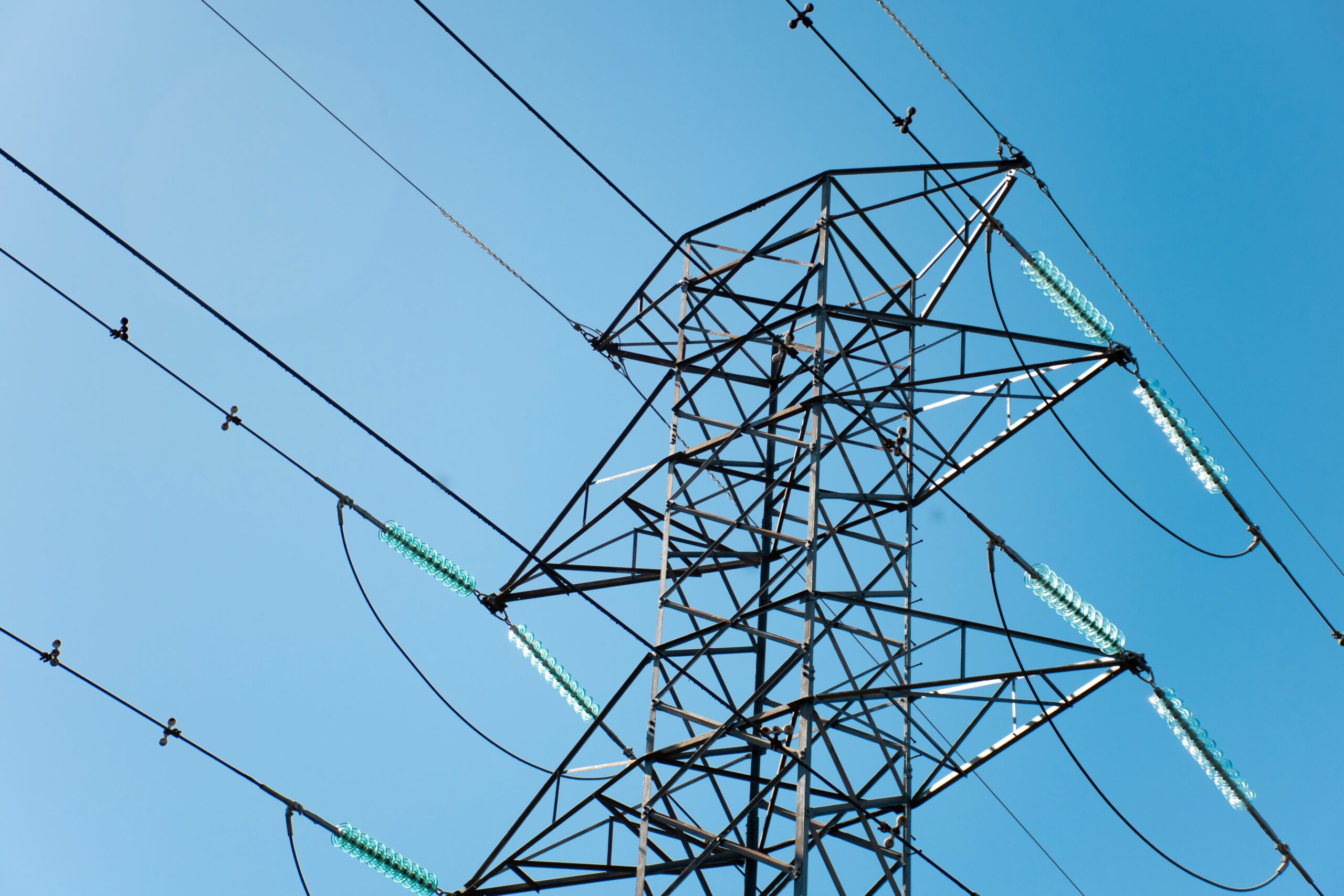Grid Modernization
The future of a secure, reliable, and resilient grid will rely heavily on expanded energy storage, smart-grid infrastructure, and new transmission that combined will allow for a seamless integration of all sources of energy.

The U.S. Department of Energy (DOE) recently announced a massive $2.2 billion investment in the nation’s electric grid, targeting eight projects across 18 states. This investment will bolster the grid against extreme weather events, reduce energy costs for consumers and increase grid capacity. Funded by the bipartisan Infrastructure Investment and Jobs Act’s Grid Resilience and […]
Introduction Section 45X of the Internal Revenue Code (IRC) provides an advanced manufacturing production credit to domestic manufacturers of applicable clean energy components. Currently, the United States relies heavily on foreign manufacturers for these components and resources, including adversarial countries like Russia and China. Establishing a robust domestic supply chain requires reducing U.S. dependence on […]
Introduction Hydrogen has been dubbed the “Swiss army knife” of clean energy, given its potential to become a tool to cut emissions in key sectors, as well as to assert U.S. global energy leadership and increase our nation’s competitive edge. According to the U.S. Department of Energy (DOE), switching to low-emissions hydrogen in hard-to-abate sectors […]
The United States’ energy security has changed dramatically since U.S. imports peaked in 2007. As the U.S. continues to decarbonize and work towards net zero, many questions must be answered: At what pace and scale will the U.S. need to deploy clean energy technologies to achieve net zero emissions?
The United States’ energy security has changed dramatically since U.S. imports peaked in 2007. As the U.S. continues to decarbonize and work towards net zero, many questions must be answered: At what pace and scale will the U.S. need to deploy clean energy technologies to achieve net zero emissions?
The United States’ energy security has changed dramatically since U.S. imports peaked in 2007. As the U.S. continues to decarbonize and work towards net zero, many questions must be answered: At what pace and scale will the U.S. need to deploy clean energy technologies to achieve net zero emissions?
The United States’ energy security has changed dramatically since U.S. imports peaked in 2007. As the U.S. continues to decarbonize and work towards net zero, many questions must be answered: At what pace and scale will the U.S. need to deploy clean energy technologies to achieve net zero emissions?
The United States’ energy security has changed dramatically since U.S. imports peaked in 2007. As the U.S. continues to decarbonize and work towards net zero, many questions must be answered: At what pace and scale will the U.S. need to deploy clean energy technologies to achieve net zero emissions?
Investment tax credits are designed to reduce the cost of technologies and practices and incentivize private investment, resulting in adoption. Section 48 of the tax code provides an investment tax credit specifically for property in the energy sector including qualified small wind, waste energy recovery, qualified biogas and microgrid controllers. Section 48 had previously allowed […]
CRES Forum Vice President of Policy and Research Richard Campbell penned the following piece for the Washington Times National Clean Energy Week Special Edition: Hydrogen has been discussed for decades as a possible fuel source to produce cleaner, American-made energy. The Infrastructure Investment and Jobs Act (IIJA) designated approximately $8 billion for the development of […]